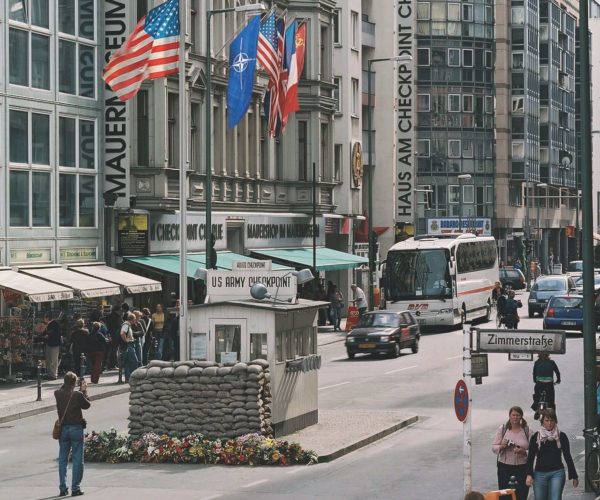‘The Camino provides’ is an expression you might come across when reading about this very special network of trails. It means, no matter what challenges the Camino de Santiago throws at you, it will also help you find the answer. There are many lessons to be learnt from a Camino school trip, some of them will stay with students forever.

TIME TO REFLECT
Pilgrims of all ages do the Camino each year, for many it is a thoroughly enjoyable experience for some even life changing. A big part of this is the fact that the Camino de Santiago gives us time to reflect, to live in that particular moment and focus on the task we have at hand.
In a way, walking the Camino is similar to meditation or mindfulness; and that time for our brains to unwind can unlock precious new feelings and ideas.
TEAM BONDING
Several hours of walking together each day is bound to bring people closer, as they navigate the challenges of the trail together, support and encourage each other.
The Camino gives students the chance to really connect, have long chats and work together towards their team goal: reaching Santiago de Compostela.
SOLIDARITY
One valuable lesson from the Camino for pilgrims of all ages is the solidarity and camaraderie they will encounter on the Camino and that is the spirit of the trails.
REWARDING
A pilgrimage, a challenge, an adventure… The Camino de Santiago is all those things in one, and as such, the sense of achievement at the end will be a fantastic feeling for students to share together.
Undertaking a Camino school trip, whether for a week or longer, will be a rewarding group experience and the memories will stay with students for a long time.

LIVING WITH LESS
As they carry all their belongings on their backs (or pack them all in a small suitcase to be moved to the next stop), young pilgrims will learn to live with less, to manage on less material possessions and appreciate that happiness doesn’t come from material things.
HISTORY AND CULTURE
Since the discovery of the remains of Saint James in the 9th century, pilgrims from all over the world have made their way to Santiago de Compostela to pay their respects. Santiago would then become one of the most important pilgrimage destinations in the Christian world along with the Holy Land and Rome.
Many of the churches, bridges and monuments we see along the trails today were in fact built in the Middle Ages to facilitate the journey of devout pilgrims on their way to Santiago, at a time when travel and pilgrimage was a dangerous quest.
Pilgrimage might have changed a lot since the Middle Ages but for students it is fascinating to feel they are walking the same trails taken by pilgrims all those hundred of years ago.
Some pilgrims back then would actually walk the Camino on behalf of other people, in some cases for money; and in some countries walking the Camino was imposed as a penalty for certain crimes.
If you are preparing your school group to walk the Camino de Santiago, you can find more information about the history of the trail here: History of the Camino de Santiago and Interesting Facts about the Camino.
LANGUAGE
Traveling abroad is always the best time for students to practice their language skills and the Camino is no different in this sense.
Along the route they will be able to put to good use their Spanish lessons with pilgrims, locals and in cafes and shops.
One very handy line to know is ‘Buen Camino!’ or ‘Bon Camiño’, a greeting used between pilgrims and locals to wish a safe and enjoyable Camino journey.
It will also give them an insight into the cultural and linguistic diversity of Spain: if they are walking in Galicia they will encounter Galician language, which is the language of Galicia and widely spoken, for instance.
Find some suggestions for your Camino school trip here: CAMINO DE SANTIAGO FOR SCHOOLS
Talk to our travel experts to help you plan your Camino school trip and for more ideas for educational tours.
Contact Us



